Survival Shelter; Focus on its Ability to Resupply Resources

The main purpose of a survival shelter is to protect you from the elements, but it should also contain all of the essential gear needed to live off the grid for an extended period of time.
We'll explore the 3 different shelter types and how to set them up with a resource supply, as well as, with components and gear to successfully resupply those resources. All of these survival shelters you will need to consider since, the emergency, disaster or situation will dictate the shelter type you'll be using.

Home / Fixed Shelter
Your home is the perfect survival shelter. You should know this since that's exactly what your using it for right now. In emergencies that don't require your evacuation, this is where you'll be. It provides you with protection from the elements, provides warmth, and also gives you comfort during this time by being in a familiar setting.
Currently your resources get resupplied automatically by somebody else. Water and Gas is feed to you through pipes. Energy is delivered on power lines. Food trucks stock the market down the street. If an emergency or disaster occurs, those supply lines may become broken and you will have to make due with the resources you have on hand and your ability to resupply them.
It's best to take the time now before something happens, to think about a supply, and putting systems in place and obtaining essential components and gear that will help you resupply.
Supply
- Get an Emergency Food Supply. They'll come in several 100 serving containers. They have all different food choices, so pick the one best for you and your family. They'll be dehydrated and have a 25 year shelf-life, so you buy it, store it and forget it until you need it.
- Get an Emergency Water Supply. I have drinking water delivered to my house in 5 gallon bottles. I keep 10 extra bottles at all times and rotate them in and out to make sure I don't have the water sitting too long.
- Get a Emergency Home Generator. The gas generators are the most affordable but you will need to store the gas and rotate that out every 6 months. There are other generator options. Visit my page on Emergency Home Generators for more details.
These 3 simple steps will provide you with your 5 main resources for a limited time in an emergency; Food, Water, Power, Shelter and Heat. Its a short term solution with the hope the supply lines will reopen soon. If they don't, that's when your resupply systems get activated.
Resupply
- Food - Plant fruit trees or a garden on your property. I have avocado and apple trees on mine. Think of protein sources. I have 4 chickens on my property and most of them lay eggs everyday. Rabbits multiple fast and if you put them in a movable cage, they'll mow your lawn for you. Make sure you keep fishing gear and have a gun available for birds, animals and self defense.
- Water - Attach rain barrels to your homes gutter system. Any water that lands on the roof will be captured. Keep a 5 gallon carrying container in case you need to travel to a water source to retrieve it. The roof of your house may be dirty and the water source you retrieve your water from, my be suspect, so it's important to have a way to purify it. Visit my page on Emergency Water Purification to see your options. For coastal towns, investing in a desalinization pump to convert salt water to fresh water, would give you an endless supply.
- Power - Get a solar generator. Panels with a battery bank that will charge phones, headlights and radios. Charge those devices during the day so they will have power during the night. Keep the battery bank charged in case things need to be charged at night or for cloudy days. To become your own power resource and be immune to power outages and the grid itself, consider getting a full Residential Solar Power System for your home. Visit my page on Residential Solar Power for costs, components, and options.
These are the main resources to consider putting a system in place for resupply. These system are great to have in place even when there isn't an emergency. The less dependent on others and the more self-reliant and self-sustaining you are, the less vulnerable you become. There are other essential components and gear you should also obtain. Visit my Survival Gear Checklist page.

Mobile Survival Shelter
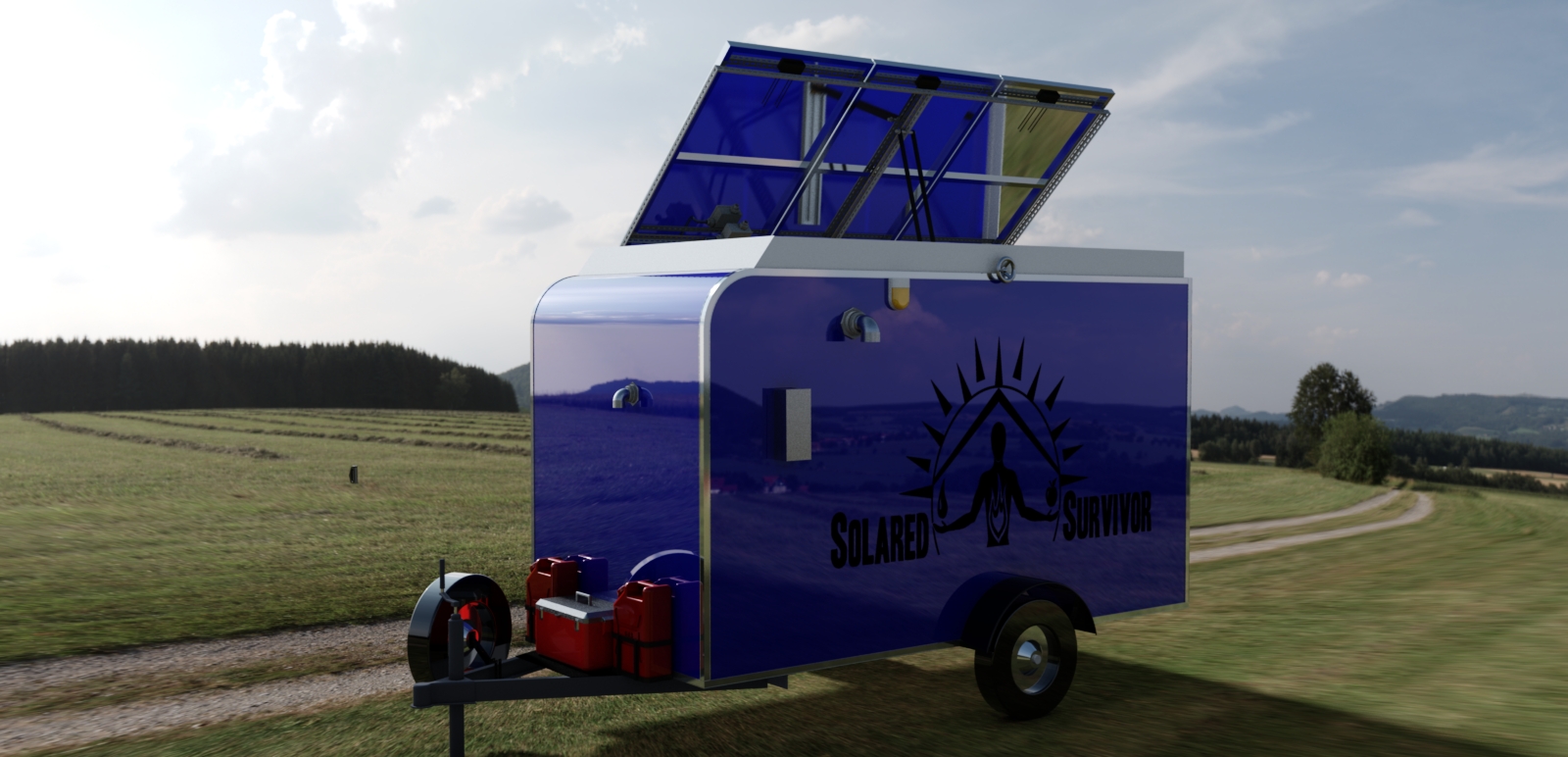 Mobile Survival Shelter
Mobile Survival ShelterA mobile survival shelter is the 2nd type you need to consider and, in my mind, the one you need to focus on. The scariest situations will most likely call for your evacuation. It could be a Wildfire, an approaching Hurricane, rising flood waters, a Tsunami. Or there are no more resources available in the area around your home shelter and you need to relocate. Either way, you will be pulled away from your idealistic at home survival shelter that you spent so much time, energy and money retrofitting.
Your vehicle is a viable solution. Practice loading your vehicle and organizing it so you know ahead of time, what you'll be able to take with you in the limited space.
A trailer or motorhome would provide you with more storage space and more flexibility. Ideally, you can set-up your trailer or motorhome to be dual purpose and be your survival shelter both at home and if you have to evacuate. Instead of putting your efforts into retrofitting your home, you can incorporate those systems onto a trailer or motorhome and use it as your storage area for your food, water and gear.
Doing that creates a mobile survival shelter with a solar generator, a rain catch / emergency water purification system, food and water storage, and all of your survival gear. It would contain all of the essential components you need to stay at your home survival shelter indefinitely. You have the ability now to hook up those essential components to the back of your vehicle and simply drive away from a disastrous situation and know that you had everything you need to take care of your family for an extended about of time. A lifeline that you can take with you where ever you go.

Portable Survival Shelter
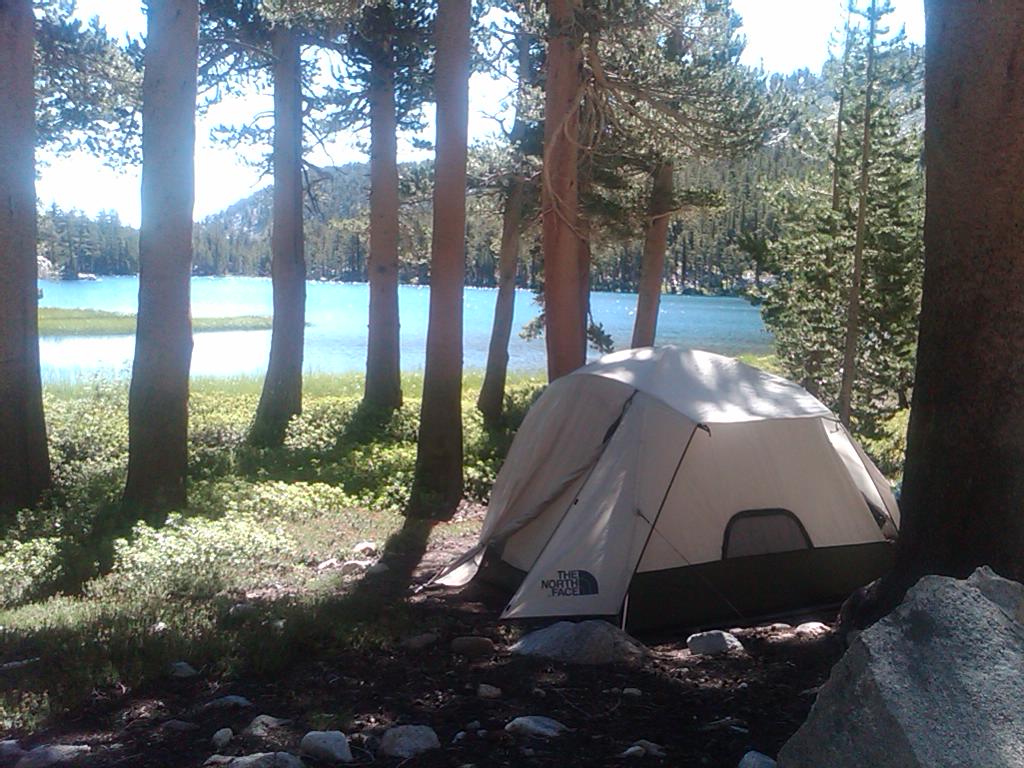 Portable Survival Shelter
Portable Survival ShelterIt may be that you have no choice but to go on foot and you will only have what you can carry. You'll need to have a portable survival shelter available, a tent or a tarp. A tarp is minimal, as it will give you some protection from the elements. A hikers tent is much better since it's enclosed and will give you protection from the rain, snow, wind, sun, insects and small critters. A hikers tent is light and compact for ease of strapping to the outside of a backpack.
Your backpack will now be your only means for carrying equipment and resources. A backpack is extremely limited on space and a person can only carry so much weight. While you'll want to carry some food and water, a majority of the space should be allocated to the equipment that can resupply those resources. i.e. water purifier, fishing gear, gun, etc.

Universalize your Gear
Since you have no idea what situation will unfold and what survival shelter type you'll be forced to adapt too, make sure you universalize your survival gear. Make sure the gear you buy is flexible and can be used no matter what type of survival shelter you are forced into.
i.e. If you are going to buy a water purifier to have at your house, get one that you can take in a mobile shelter and that's also small enough that it will fit in your backpack. You can't take a bucket of emergency food in your backpack, but some buckets food is individual wrapped so you can take some of it with you. If you are getting fishing gear, get a telescopic pole you can put in a hard case and slip in the side pocket of a backpack. If you have a pole that breaks down into 2 long pieces and try to put it on the outside of your pack, it will be broken by the end of the first day.
Think about your gear and make it as versatile as possible.
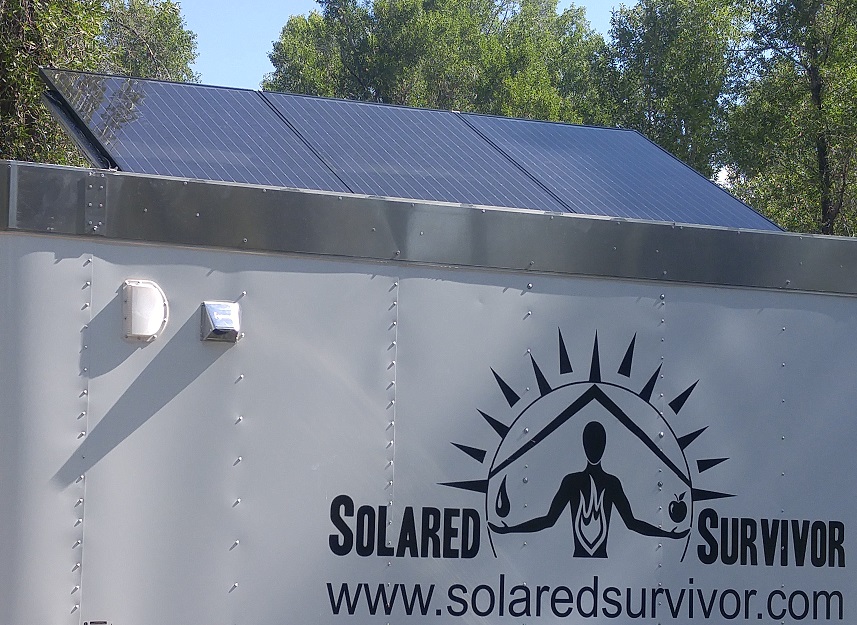
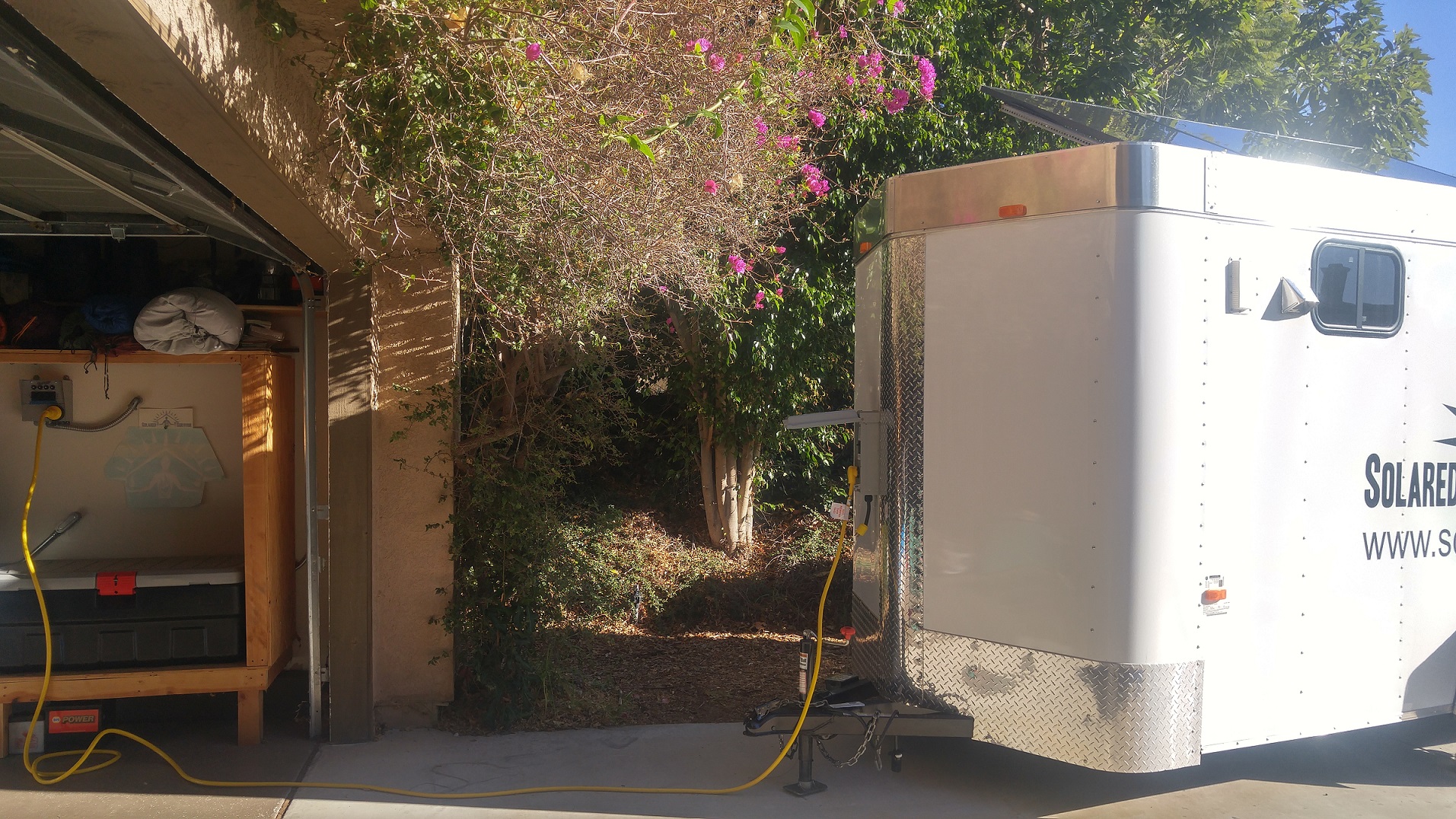
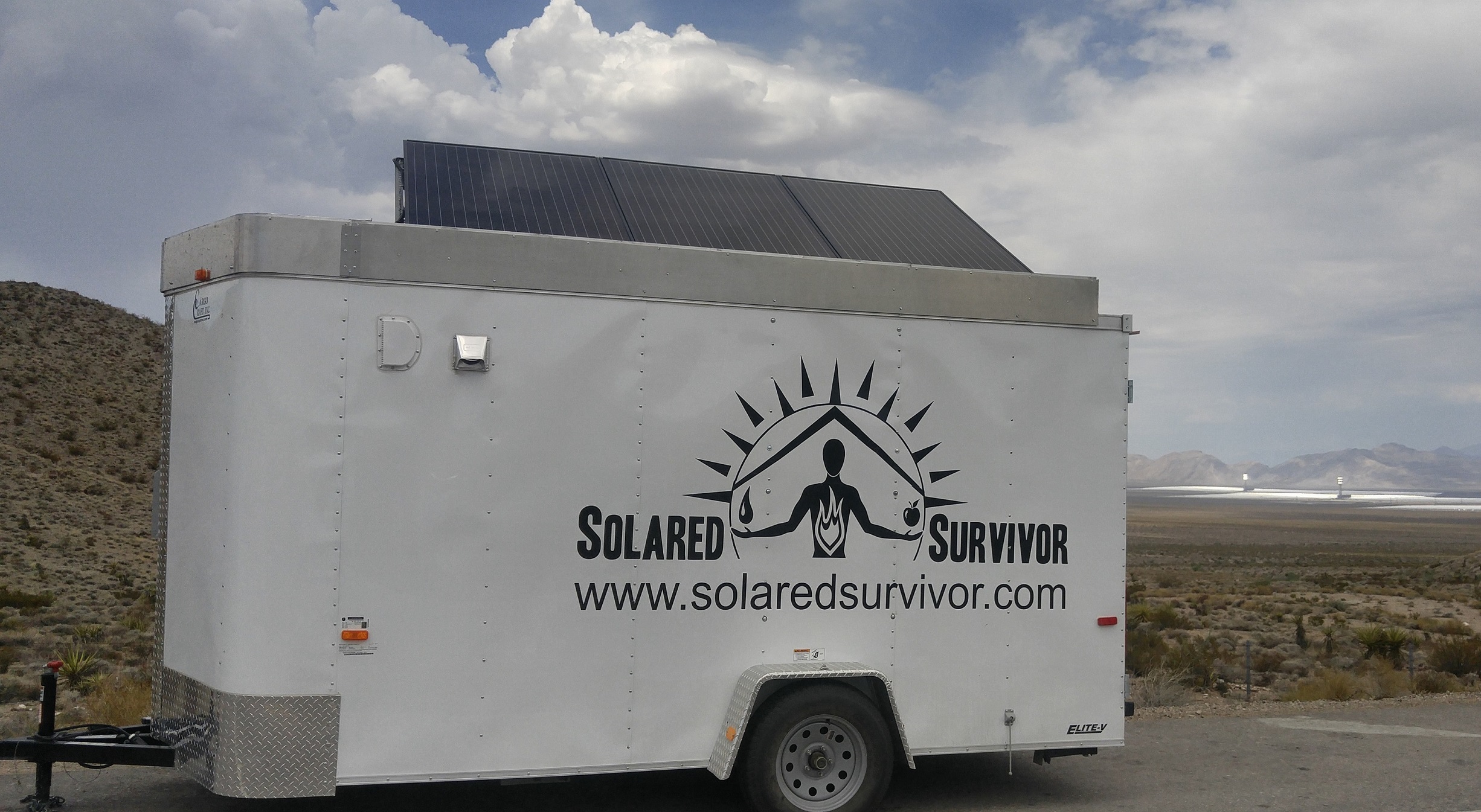 Primm, Nevada
Working our way home through Nevada, had to stop to get a shot of the Trailer with the Solar Plant in the backdrop.
Primm, Nevada
Working our way home through Nevada, had to stop to get a shot of the Trailer with the Solar Plant in the backdrop.
New! Comments
Have your say about what you just read! Leave me a comment in the box below.